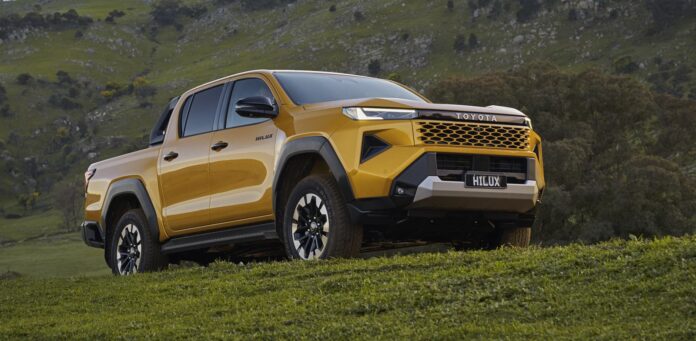The Toyota Hilux was originally launched in 1968 and over many generations has become one of the bestselling pick-up trucks in the world. In 2005, it was the first product of a global strategy to develop and manufacture – entirely outside Japan – a range of vehicles for emerging markets. It was an ambitious program with a huge investment that saw production hubs being established in strategic locations around the world.

The strategy was known as IMV – for Innovative/International Multi-purpose Vehicle – which became the basis for the seventh generation of the Hilux, as well as the Fortuner and Innova. Since then, Toyota has stuck to a 10-year product cycle for the Hilux, with the eighth generation being launched in 2015 and today, 10 years later, the ninth generation has made its debut in Thailand, where one of the production hubs is situated.
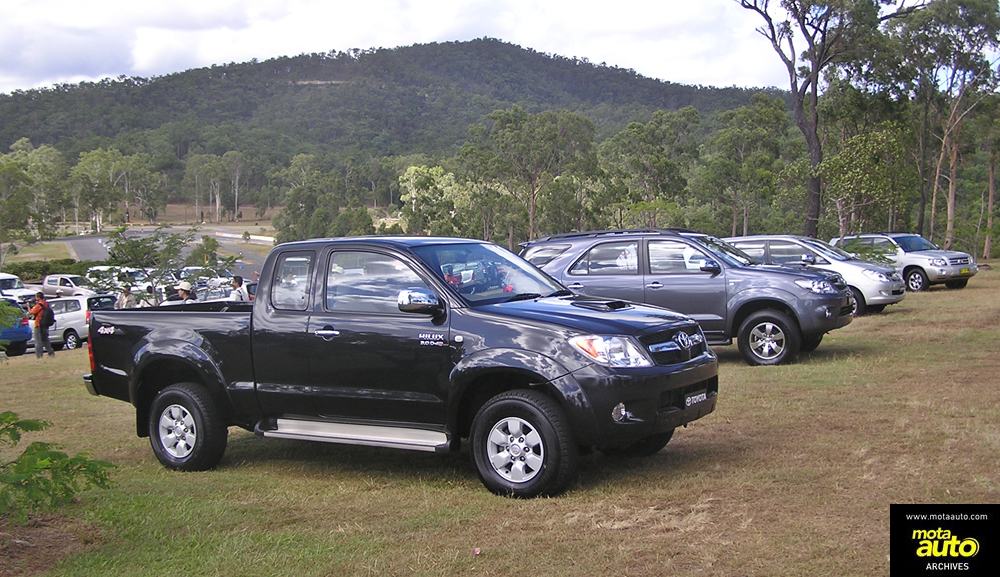
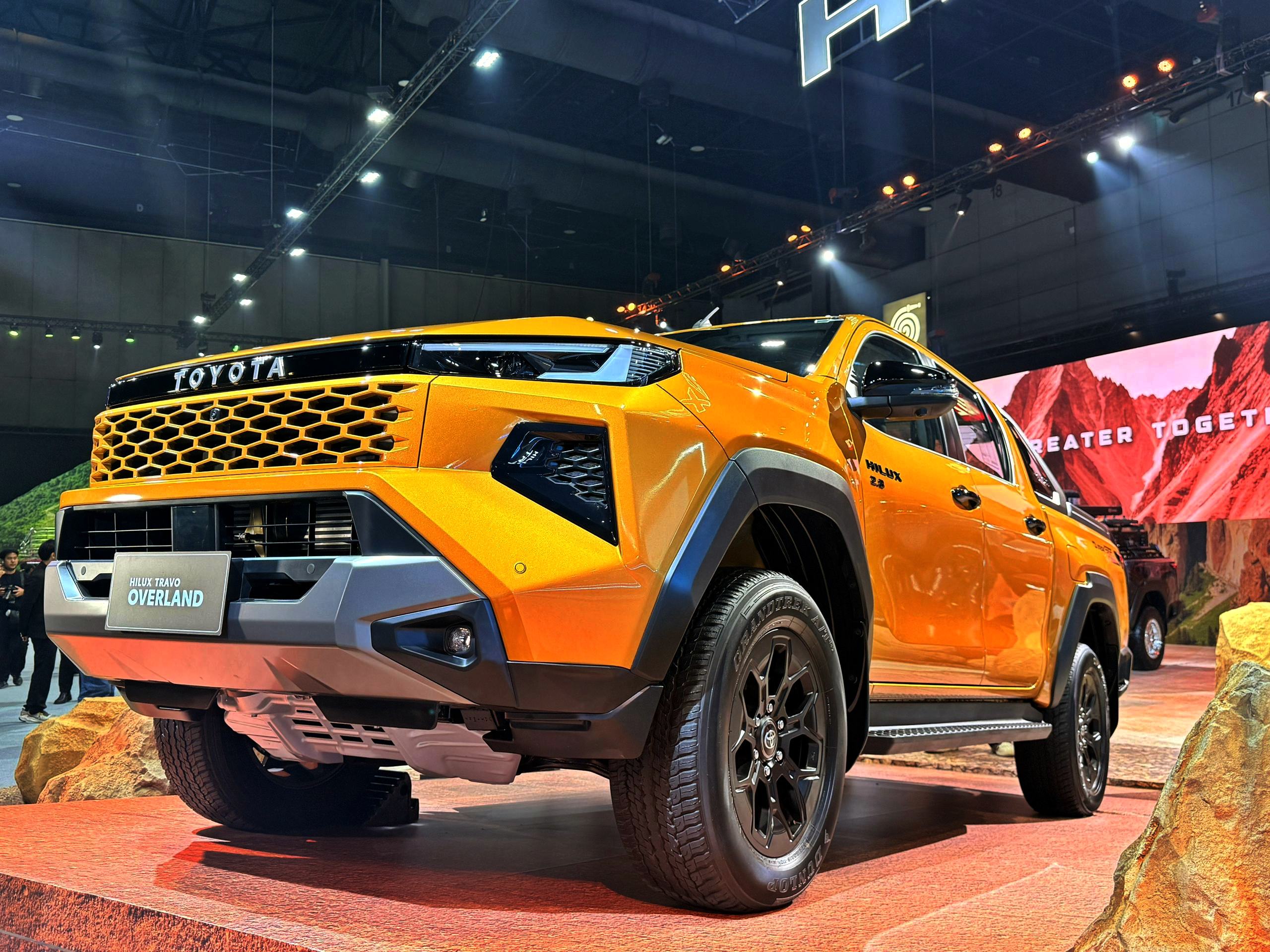
In line with Toyota’s multi-pathway approach to mobility – ie giving customers a choice of drivetrains – the new generation offers a fully electric model in the range which will also have internal combustion engines (ICE). This will ensure that customers in different markets can have a pick-up truck which suits their local conditions and needs. The multi-pathway approach is especially important in markets where full electrification may not yet be economically suitable.

In over 195 countries, the Hilux has cemented its position as a vehicle of great reliability and endurance, with older generations still serving their owners well after years. With this latest evolution, Toyota aims to extend the role of the Hilux beyond utility, positioning it as a ‘Partner For Life’ for customers seeking a vehicle that supports work, family, and leisure alike. This aligns with Toyota’s commitment to offer ‘Mobility for All’ while deepening lifelong relationships with customers through its dependability.
“Hilux has always been made by the people, for the people,” said Simon Humphries, Chief Branding Officer and Head of Design for Toyota Motor Corporation. “It’s a vehicle shaped by real voices, cultures, and communities—and one that truly represents Toyota’s belief in Mobility for All.”

As a continuation of the IMV project, which began under the leadership of Chairman Akio Toyoda, this new Hilux represents years of listening, learning, and developing vehicles that truly serve real-world needs. It also symbolizes Toyota’s mission to bring mobility solutions to diverse regions through localized development.
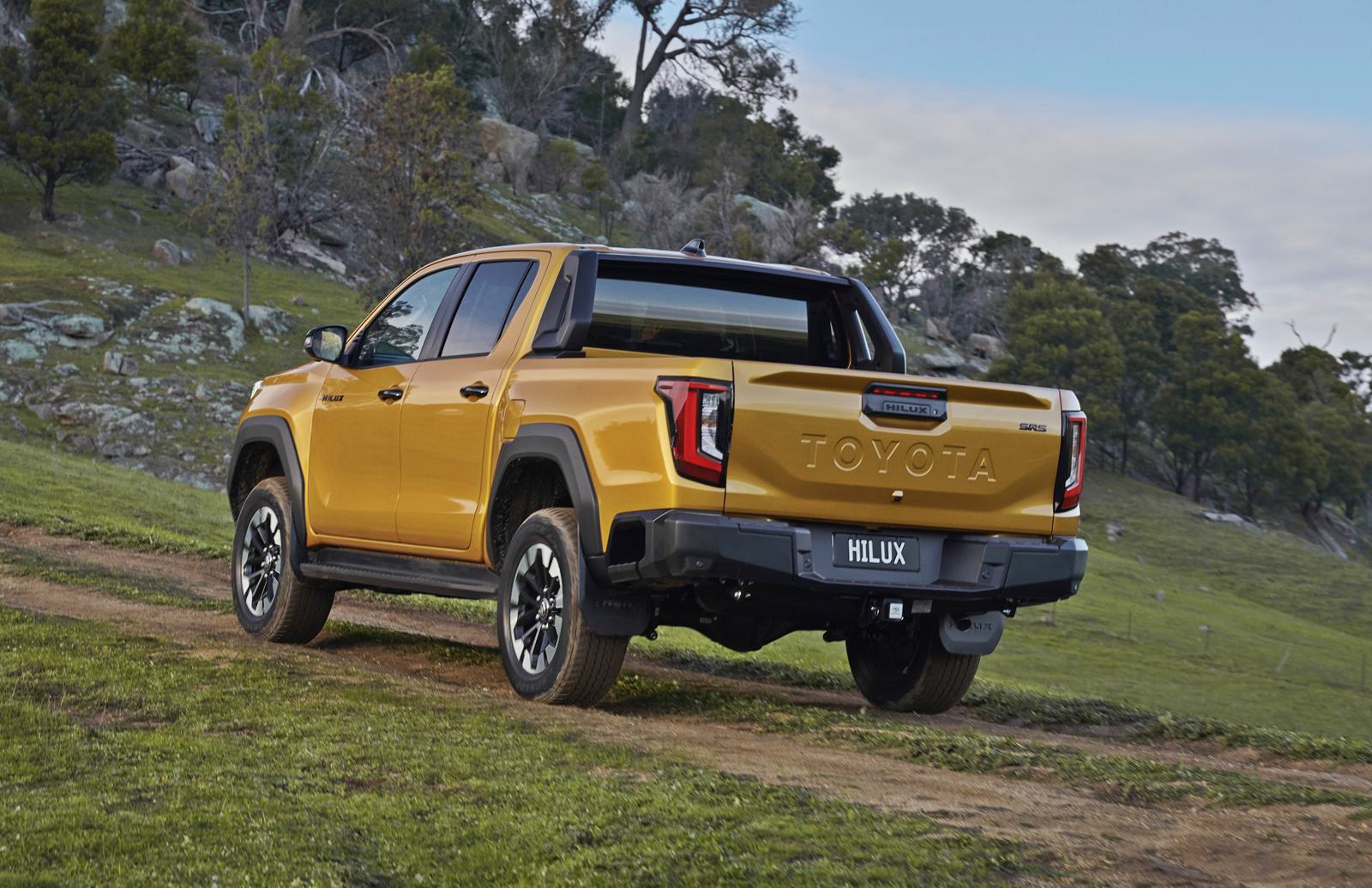
The new Hilux was developed through a close partnership between engineering teams in Thailand and Australia, reflecting a shared commitment to create vehicles that combines deep regional insight with advanced design capability.
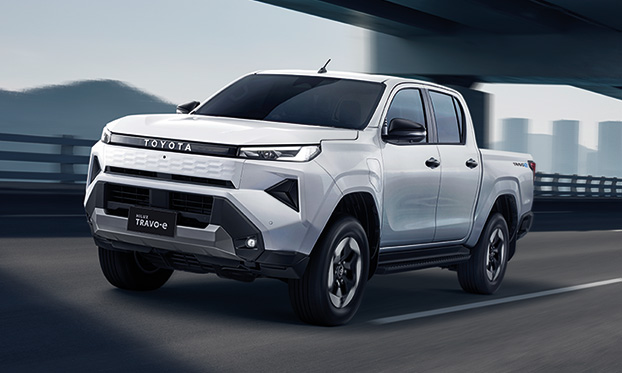
“We set out to reimagine a vehicle that our customers can be proud of,” said Nicolas Hogios, Regional Design Chief, Toyota Australia. “It’s tougher, smarter, and more expressive—ready to meet the future without compromising its legendary DNA.”

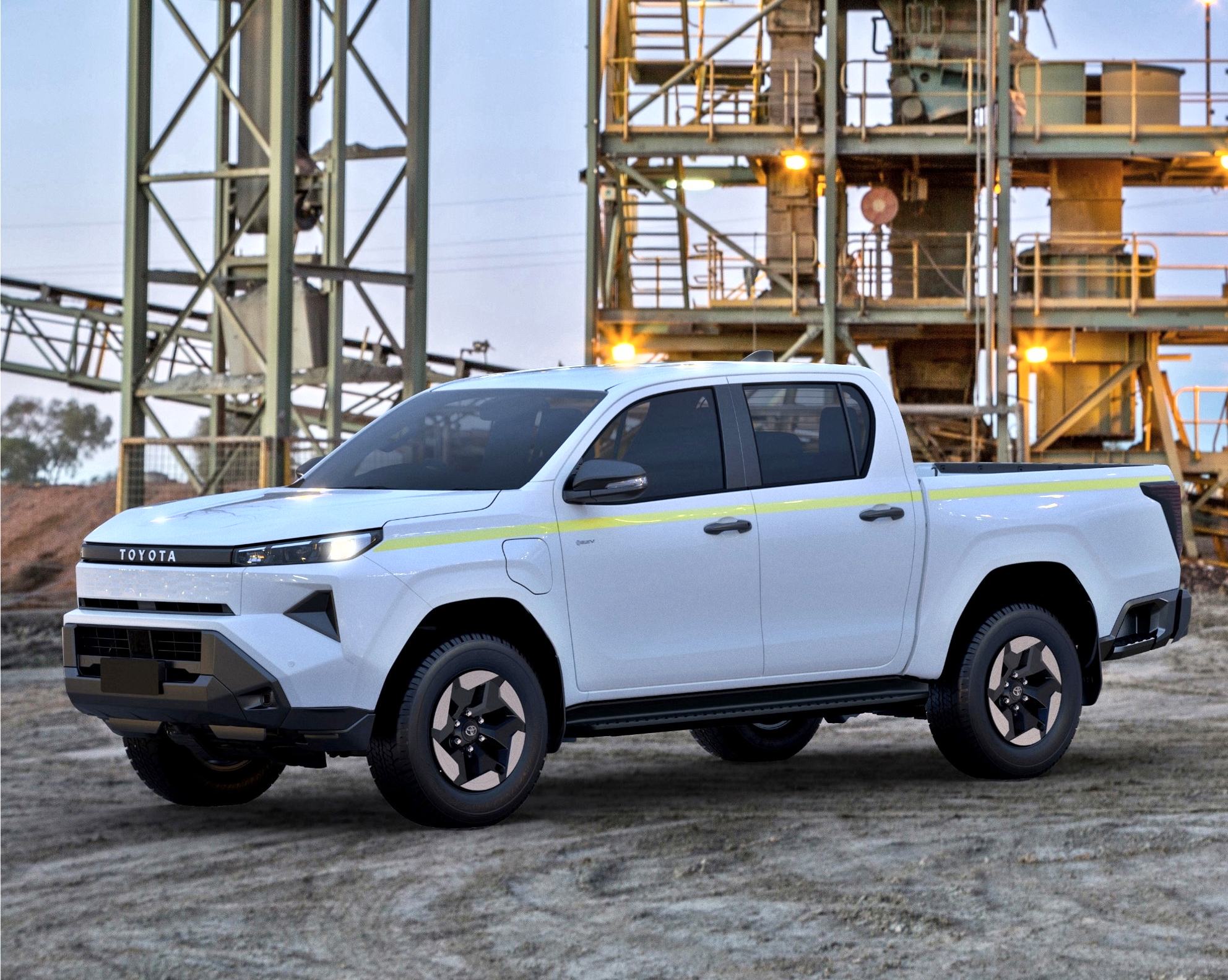
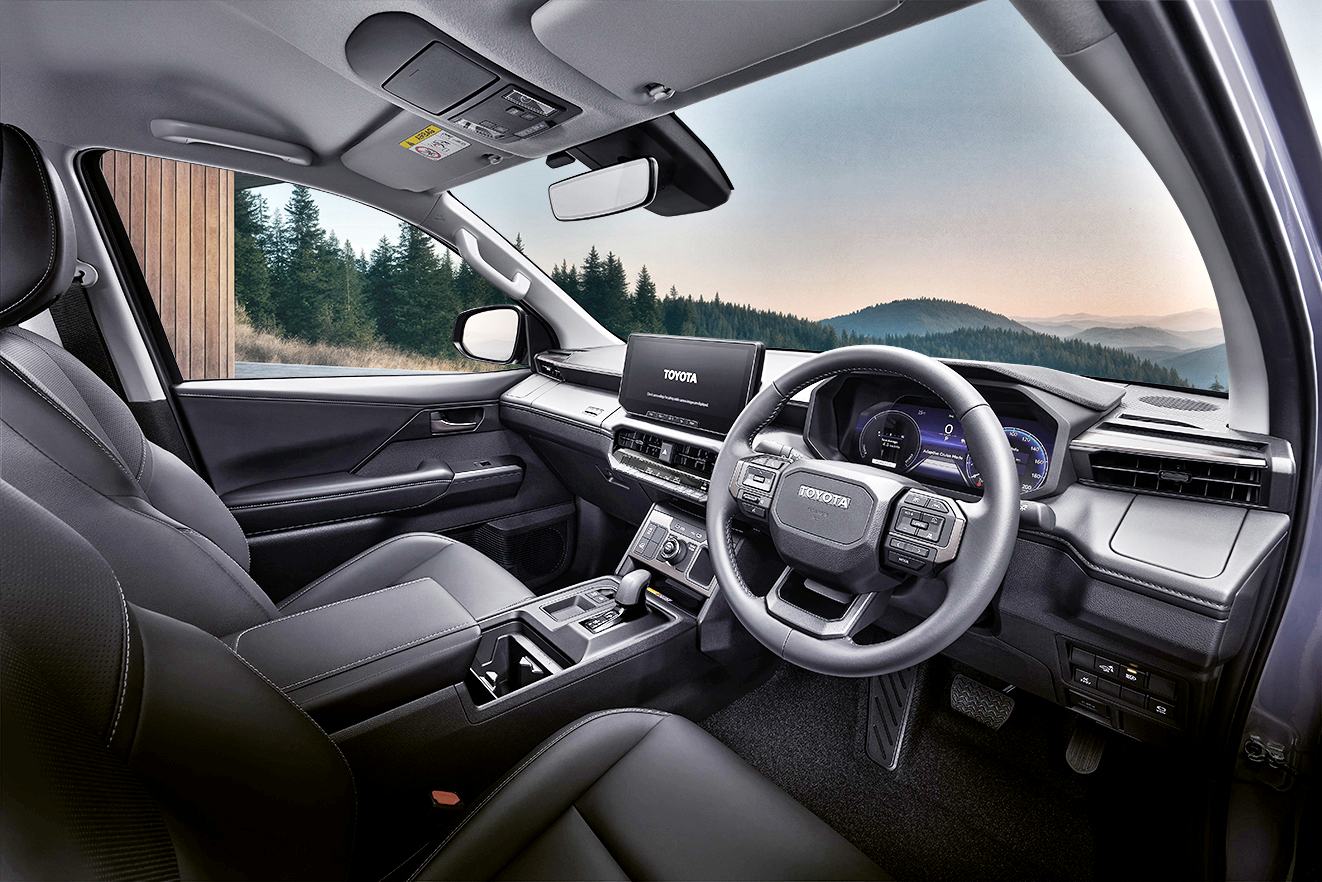
The big news about the new HiLux is, of course, the fully electric powertrain that is used for the first time in its history. The BEV (Battery Electric Vehicle) Hilux, as it is known, has an electric motor (total output of 144 kW) at each eAxle, with power coming from a 59.2 kWh lithium-ion battery pack. A range of 300 kms is claimed, thanks to the eAxle efficiency.
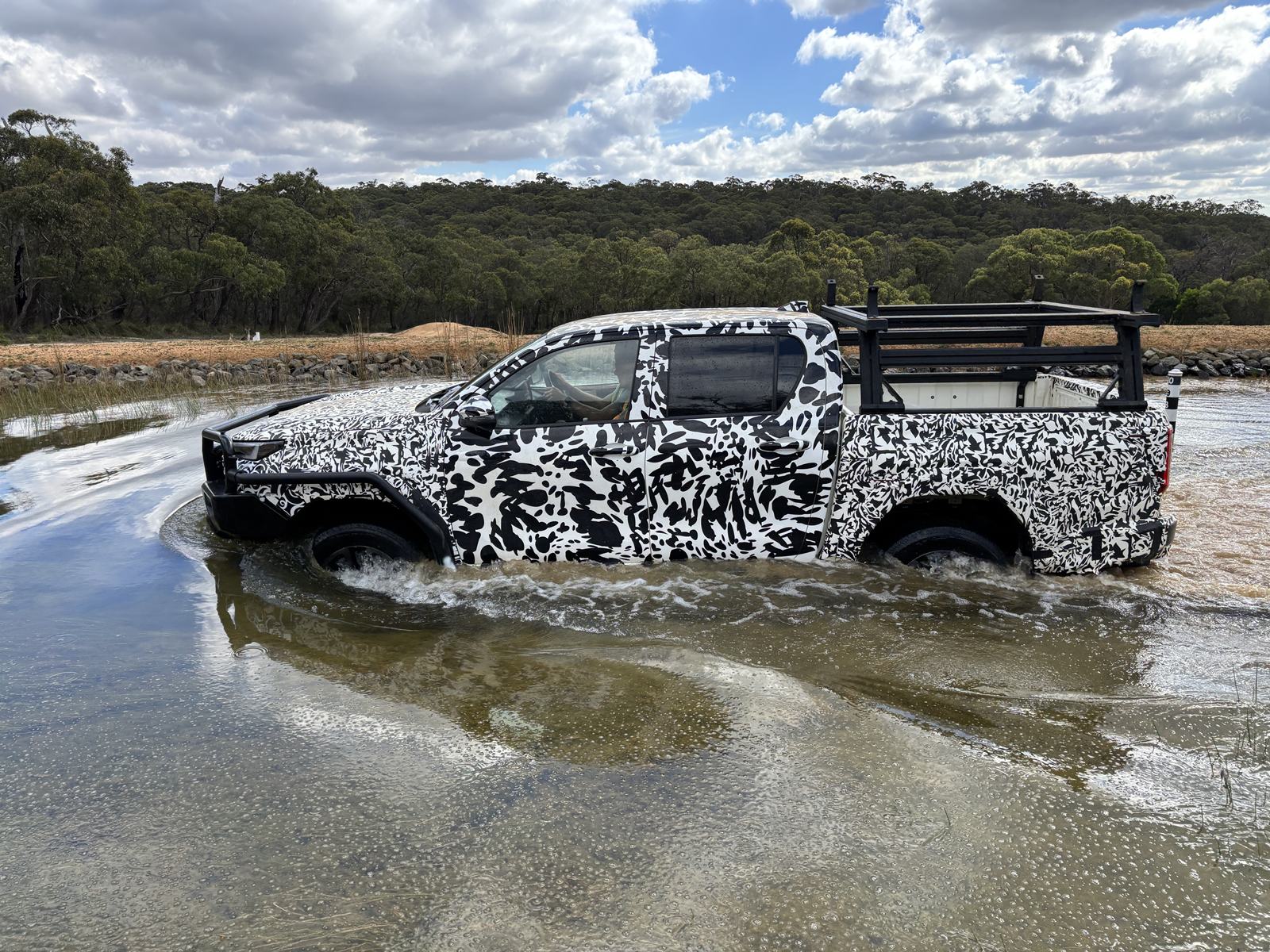
To ensure that the ‘bulletproof’ reputation of the Hilux has gained is not lost, Toyota has carried out real-world testing of prototype BEV units. In fact, over the past 12 months, it has had a prototype BEV Hilux working at a BHP (originally Broken Hill Proprietary Company Limited) mining company site in Australia. From being operated in the demanding conditions, the engineers have gained much feedback to identify areas that need to be strengthened or modified.
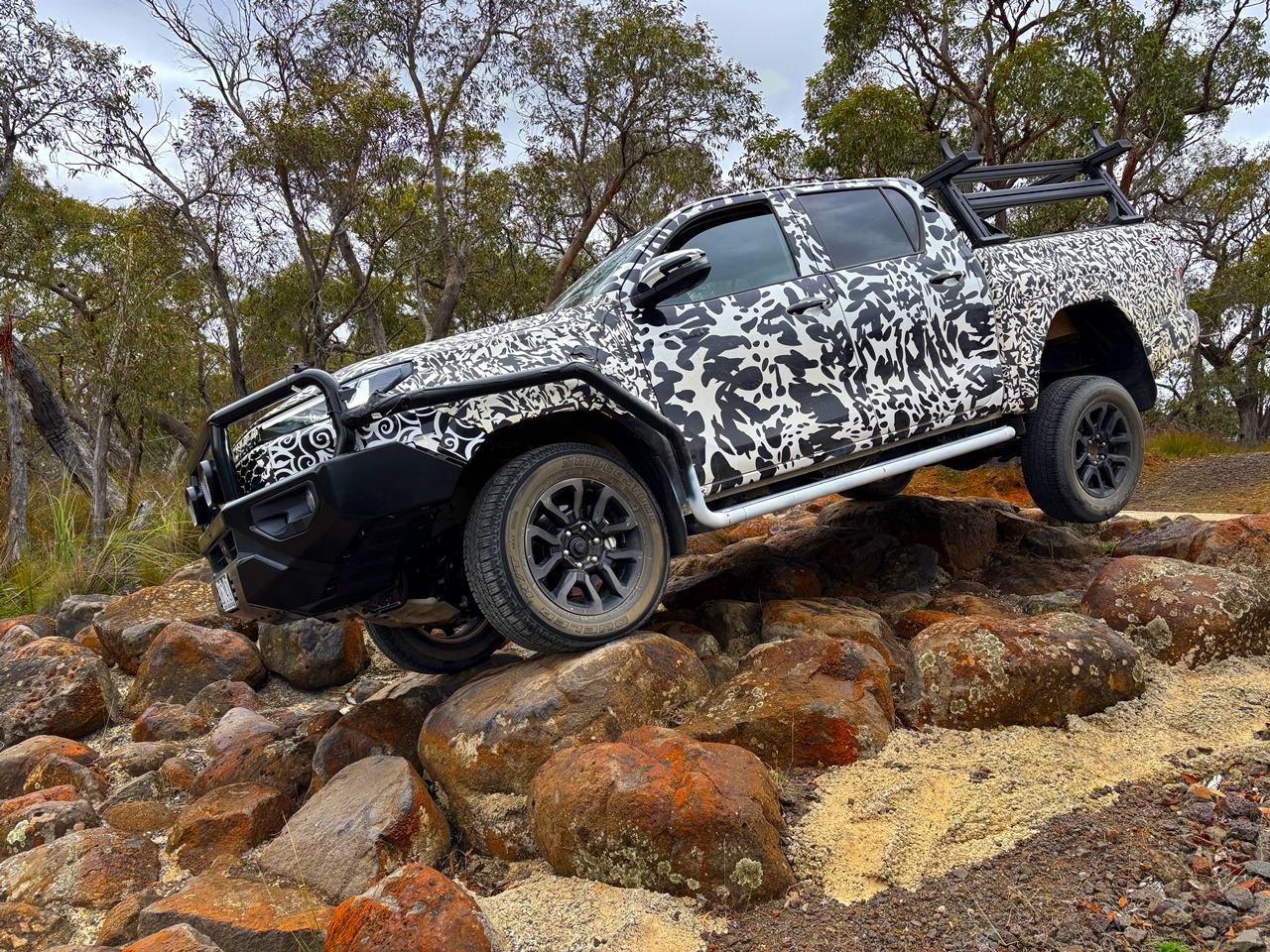
The BEV Hilux will deliver instant torque and quiet performance while maintaining the core capabilities of a body-on-frame pick-up – off-road articulation, towing, and payload capacity – supporting real-world usability for both professional and lifestyle customers.

While deliveries of the BEV Hilux will only begin sometime during the first half of 2026, the ICE models will be available from the end of this year in some markets. There will be at least 21 different variants (depending on the market) in single, extra and double cab configurations, 4×2 or 4×4 drivetrains, and manual or automatic transmissions.
![Toyota Mirai FCEV [2023]](https://www.motaauto.com/wp-content/uploads/2024/04/Toyota-Mirai-FCEV-2023-1.jpg)
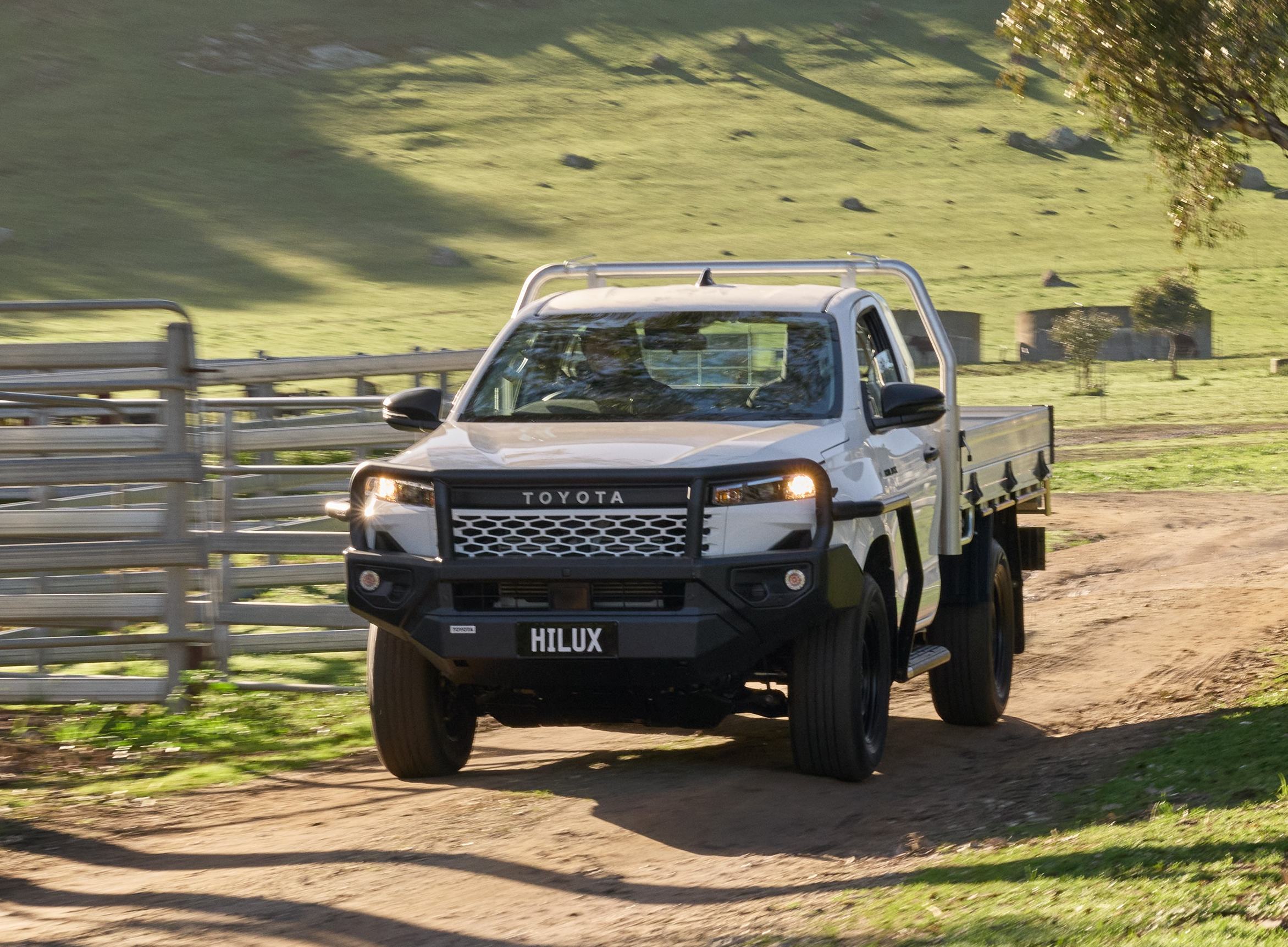
Being a new generation, there are many improvements to make it a better Hilux than before. Some of the improvements highlighted are enhanced body rigidity, refined suspension tuning, and the adoption of Electric Power Steering.
There are also new hydraulic engine mounts and shear-type cabin mounts which reduce vibrations and enhance ride comfort. The front suspension tower thickness has been increased to accommodate the new electric power steering with the number of fitting bolts increased from three to four, while two frontal frame crossmembers have also been revised.
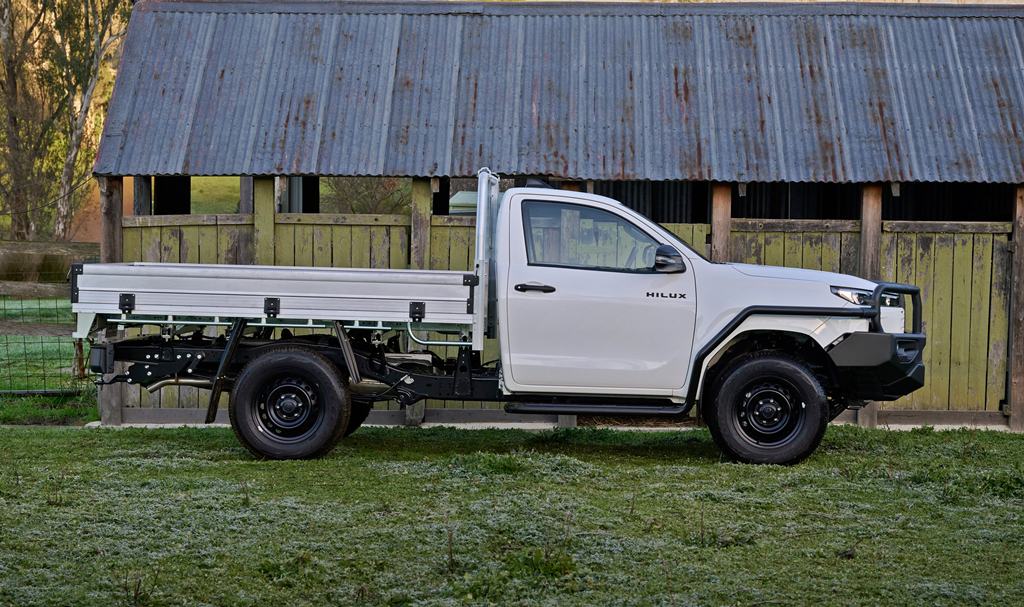
The new Hilux gets Toyota Safety Sense 3 (TSS 3), the automaker’s Advanced Driver Assistance System (ADAS). Frontal crash performance has been improved with newly designed front rail extensions made to improve impact absorption. The model is also the first Toyota to feature a new cabin detection alert system which uses a radar to detect passengers in the rear seats and notify the occupants when exiting the vehicle.
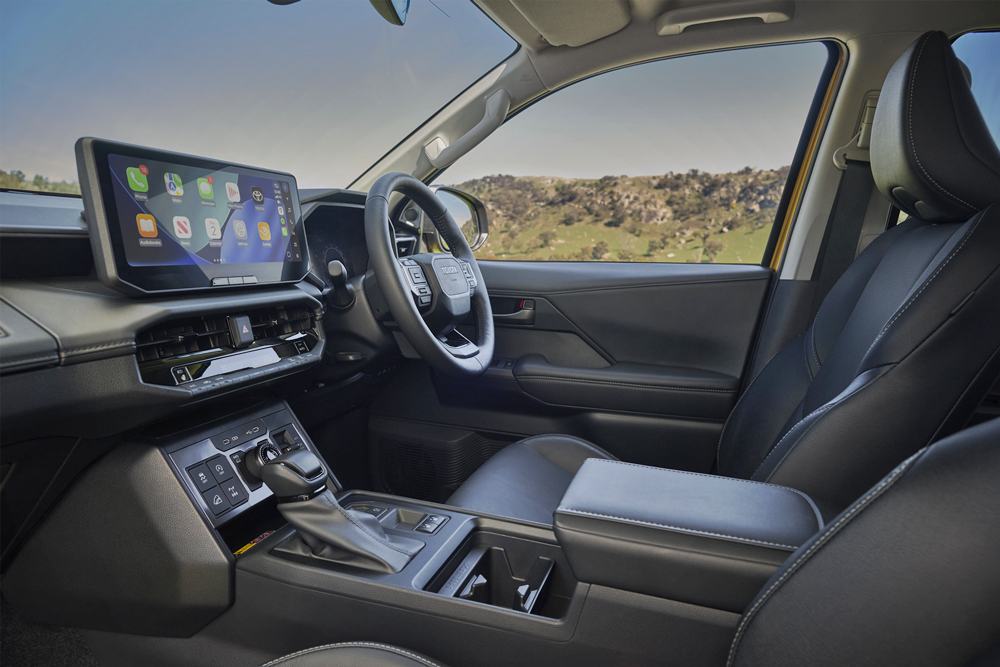

Inside, there’s a Panoramic View Monitor and Multi-Terrain Monitor for the driver to have a range of views of the vehicle’s surroundings and even underneath, along with the placement of the wheels to allow for safe navigation of difficult obstacles. There’s also next-generation infotainment with smartphone integration and connected services that enhance the ownership experience throughout the vehicle’s lifecycle.
![Toyota Hilux Revo BEV Prototype[2023]](https://www.motaauto.com/wp-content/uploads/2023/10/Toyota-Hilux-Revo-BEV-Prototype2023-1.png)
The Hilux has been assembled in Malaysia for decades and since 2005, it has been the bestselling pick-up truck in the market by far. While earlier generations were mainly workhorse vehicles, the Hilux evolved into a ‘lifestyle’ vehicle in the late 1990s, following trends in the market which saw trucks being accepted as an alternative to passenger cars.

With the new generation now launched in Thailand, UMW Toyota Motor would be making plans to get it on the assembly line at the Shah Alam plant in 2026. Although the company has yet to give more focus to fully electric models, it is possible that the BEV Hilux will also be offered in Malaysia. The timing is right with the charging infrastructure steadily growing, and many companies can also have EVs to meet their ESG (Environmental, Social, and Governance) responsibilities, especially in sustainability.

